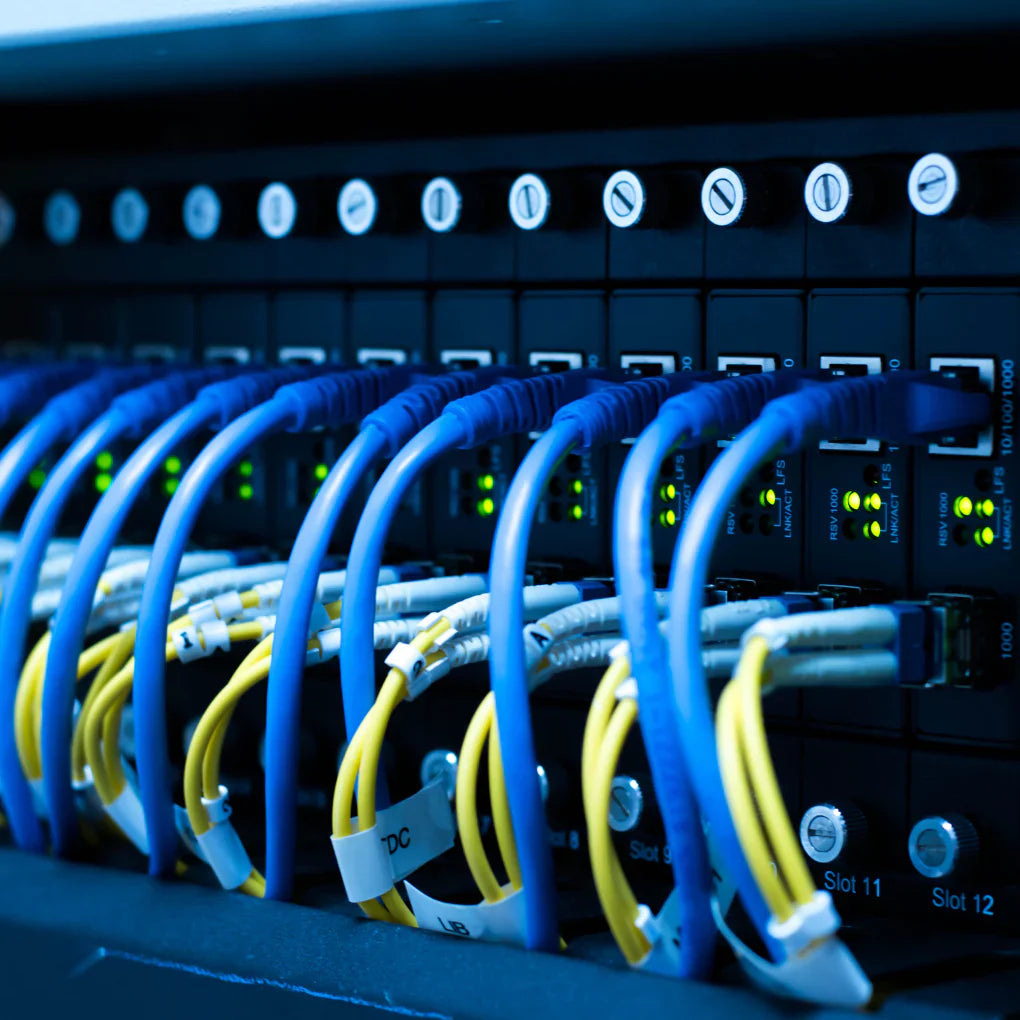
Beginner's Guide to Understanding Network Switches & Hubs: Managed & Unmanaged
Switches and hubs are the most common networking devices used to join multiple other devices into one unified network. They serve as a central communication point where data traffic is directed from one device to another. Switches can be managed or unmanaged, depending on their capabilities and features (this is a very basic understanding of switches but for the purposes of this article, we will stick to the basics).
So What are Switches?

A switch is a device that allows computers to communicate with each other over a network. It sends data packets back and forth between two computers connected by wires or wireless signals. Switches can also be used to connect several computers together as part of an intranet (a private network), which uses its own dedicated server for sharing files and printers between users within an organization such as a school or business.
Types of Network Switches: Managed & Unmanaged
Network switches are the backbone of any enterprise, office or home network. They are a critical part of any network, and it's important to know what types of switches you can use, and why. Switches can be either managed or unmanaged, and the ports on them can be configured to work with different kinds of networking needs.
In this post, we'll cover the basic types of network switches, as well as some more advanced types that can help you make sure your network is set up for success.
Managed vs Unmanaged Switches

Managed switches require configuration management software to manage them over time, while unmanaged switches do not require any additional software or hardware to configure them after installation. Unmanaged switches can essentially function as plug in and "play" types of switches. There is no special configuring and they are perfect for uncomplicated networks that do not have critical applications.
On the flip side, a managed switch gives you more control over security settings and bandwidth usage, while an unmanaged switch is more basic. Because unmanaged switches operate at a lower configuration level, they tend to have some limitations compared to their managed counterparts.
Grasping the Basics
Managed switches are ideal if you have a large or complex network that needs advanced features like port mirroring and VLANs. These switches include additional software that allows you to manage the configuration remotely and monitor traffic on each port. They also typically come with intrusion detection systems (IDS) that can detect unauthorized access attempts or viruses on your network. But because these switches are more expensive than other types of switches, they may not be necessary if your network is small and simple enough to manage without them.
Next Steps in the World of Switching

If you're new to networking, it can be hard to figure out what switch is right for you. You might think that all switches are interchangeable, but they're not. If you are still laying the foundation of your network and have more questions, you can get a free tech recommendation from IT experts at NetworkEquipment.net. They can help you find the exact type of network switch(es) your business needs to create the perfect foundation for your network.
Build the network that your business needs today!

